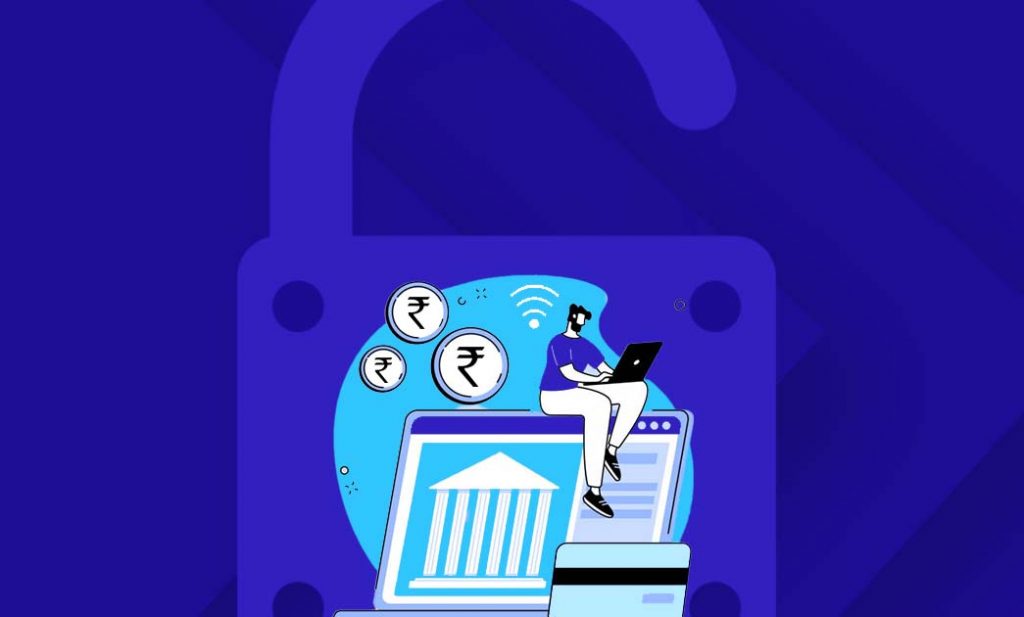For centuries, financial services have been synonymous with banks. Banks remained guarded about customer data and transaction details. However, over the years, financial institutions noted that this insulated approach to wealth management was doing the industry more harm than good. This resulted in the advent of open banking.
Before open banking, gaps in the financial ecosystem became more glaring as the market grew. To tackle issues in the system, banks decided that sharing information, albeit securely, would help resolve some of the existing problems. This information-sharing process between financial service providers is known as open banking.
What is open banking?
Open banking involves banks and non-banking financial companies sharing information such as consumer data and banking practices with third-party financial service providers. This exchange of information to licenced third-party service providers takes place through a secure channel in a standardised format.
The data sharing is made possible by using application programming interfaces or APIs.
What is an open banking API?
Application Programming Interface is a software interface that facilitates communication between two applications. The first step in the open banking flowchart is consent. The customer must consent to provide their data to third-party service providers. Today, this is done through an online consent form. Customers may also need to agree to a set of terms and conditions to set the process into motion. Following this, the bank allows the third-party service provider to access the data utilising the open banking API.
Benefits of open banking API
In addition to secure data transfer, open banking API makes pattern recognition easy for service providers. Once the data has been processed, API can delve into financial transactions to provide a personalised customer experience.
Are you a new merchant trying to generate an API key for Paytm payment gateway integration? Here is all you need to know about it.
Open banking in India
In India, open banking development was accelerated by the 2016 banknote demonetisation by the government, according to a 2017 report by McKinsey. The decision led to a rise in mobile-wallet usage, it added. In this regard, a report by EdgeVerve describes Paytm as the “pioneer of open banking” in India. Attributing the open banking revolution in no small part to Paytm Payments Bank, the report said that Paytm accounted for 30% of UPI-based open banking transactions in India in 2019.
Advantages of open banking
The primary goal of open banking is to enhance customer experience. In addition to granting financial institutions a better understanding of customers’ financial behaviour, it gives users a birds-eye view of their economic situation. Here are some of the benefits of open banking:
1. Personalised financial services
Financial behaviour differs from person to person. With more access to data, open banking provides users with options that match their requirements. So, now you know which savings account gives you better interest rates than the one you currently use.
2. Ease of doing business
Open banking makes financial services convenient. With open banking, you can make purchases, compare credit value, and access information on investments, loans, retirement plans and more, all in one place.
3. Facilities money management
By studying consumer behaviour, open banking gives customers more choice, control and access to their financial story.
Open banking offers customers the expertise of banks and the innovation of new-age financial service providers, making money management a simpler process. As a practice that is beneficial to consumers and institutions, open banking could very much define the economic trends in decades to come.
